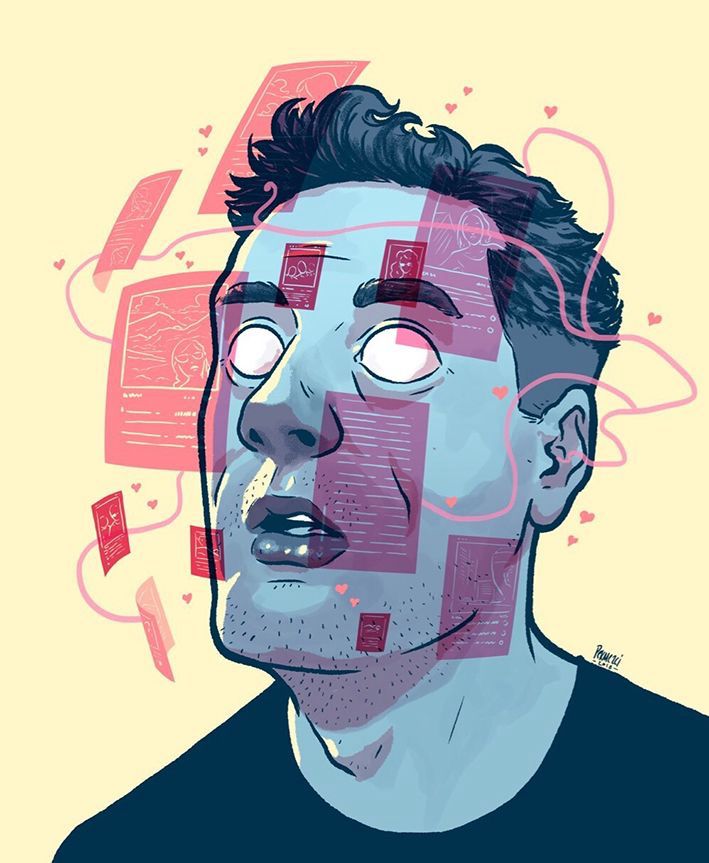Unveiling Virtual Autism
A recently identified kind of autism spectrum disorder called virtual autism, also called social communication disorder, impacts a person’s capacity for social interaction and communication on digital platforms like social networking and online gaming. Most people with virtual autism are those who spend a lot of time online; the condition is thought to be brought on by a mix of environmental and genetic causes.
Virtual Autism & The Digital Age
The digital age has brought many opportunities as well as challenges for individuals with autism. On one hand, technological advancements offer avenues for communication, learning, and self-expression that can be empowering for those on the spectrum. However, it also presents unique hurdles, such as navigating social cues in online interactions, managing sensory overload from screen exposure, and grappling with the addictive nature of digital devices.
Individuals with Virtual autism may display symptoms that are comparable to those of classical autism, such as sensory sensitivity and trouble communicating socially. Nonetheless, the symptoms can make it difficult to establish and sustain relationships with other people and are frequently more noticeable in online environments.
Challenges Faced
1. Repetitive Behaviours: Engaging in repetitive actions such as repeatedly refreshing web-pages, scrolling through social media feeds in a fixed pattern without any specific purpose or hand flapping, rocking, etc.
2. Difficulty Transitioning Offline: Showing resistance or distress when transitioning from online to offline activities, preferring to spend extended periods of time in virtual environments.
3. Limited Social Engagement: Demonstrating a preference for solitary online activities over interactive ones, such as gaming alone rather than going to park, drawing or colouring.
4. Unusual Sensory Seeking Behaviors: Engaging in repetitive sensory-seeking behaviours online, such as repeatedly clicking buttons, tapping screens, or scrolling through content, as a way to regulate sensory input.
5. Sensory Overload: Exhibiting signs of sensory overload in response to digital stimuli, such as becoming overwhelmed or agitated by bright screens, loud sounds from devices, or flashing graphics.
Seeking Help & Spreading Awareness
Virtual autism recovery requires a thorough and personalized approach. It’s crucial to understand that virtual autism is not a distinct recognized medical condition but rather just a phrase used to characterize people who may display symptoms resembling those of autism spectrum disorder in virtual environments.
Seeking an expert assessment and diagnosis from a licensed healthcare provider or autism spectrum disorder specialist is the first step in the virtual autism treatment process. They will be able to evaluate the person’s symptoms and determine whether they fit the diagnostic criteria for autism spectrum disorder or whether there might be other underlying causes.
Creating a customized treatment plan is the next stage after a diagnosis. A variety of therapeutic modalities, including behavioral therapy, occupational therapy, speech therapy, and social skills training, may be incorporated into this strategy. The particular interventions employed will be determined by the aims and specific needs of each individual.
Additional important components of the recovery process are awareness and education. You may foster acceptance and understanding in virtual environments by educating yourself and others about virtual autism and autism spectrum disorders. This has the potential to create online communities that are more welcoming and encouraging.
Finally, it’s critical to approach recovery with perseverance and patience. Virtual autism may be difficult to recover from, and improvement might come gradually. People can improve their functionality and well-being in virtual settings by adhering to the treatment plan, getting support from friends, family, and specialists, and making considerable progress.
